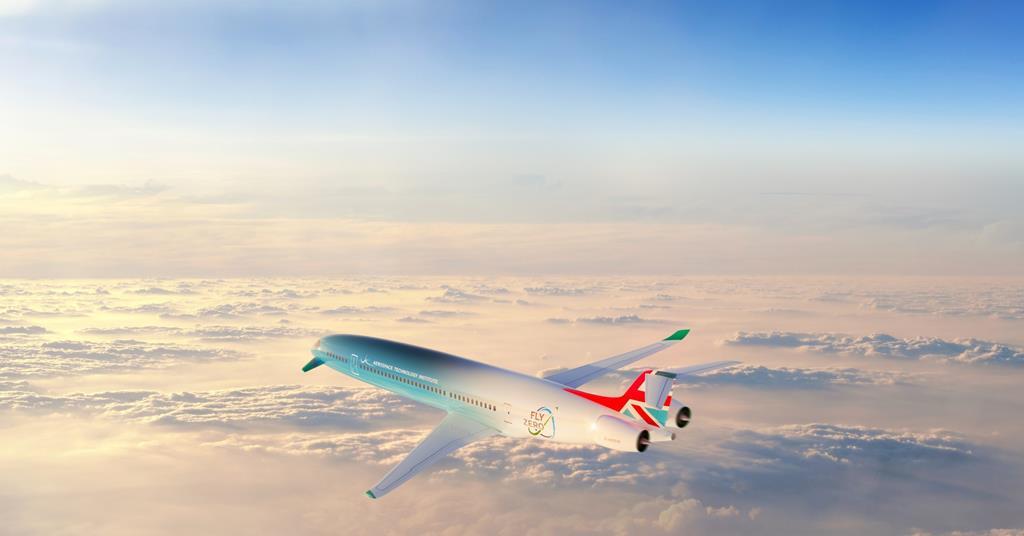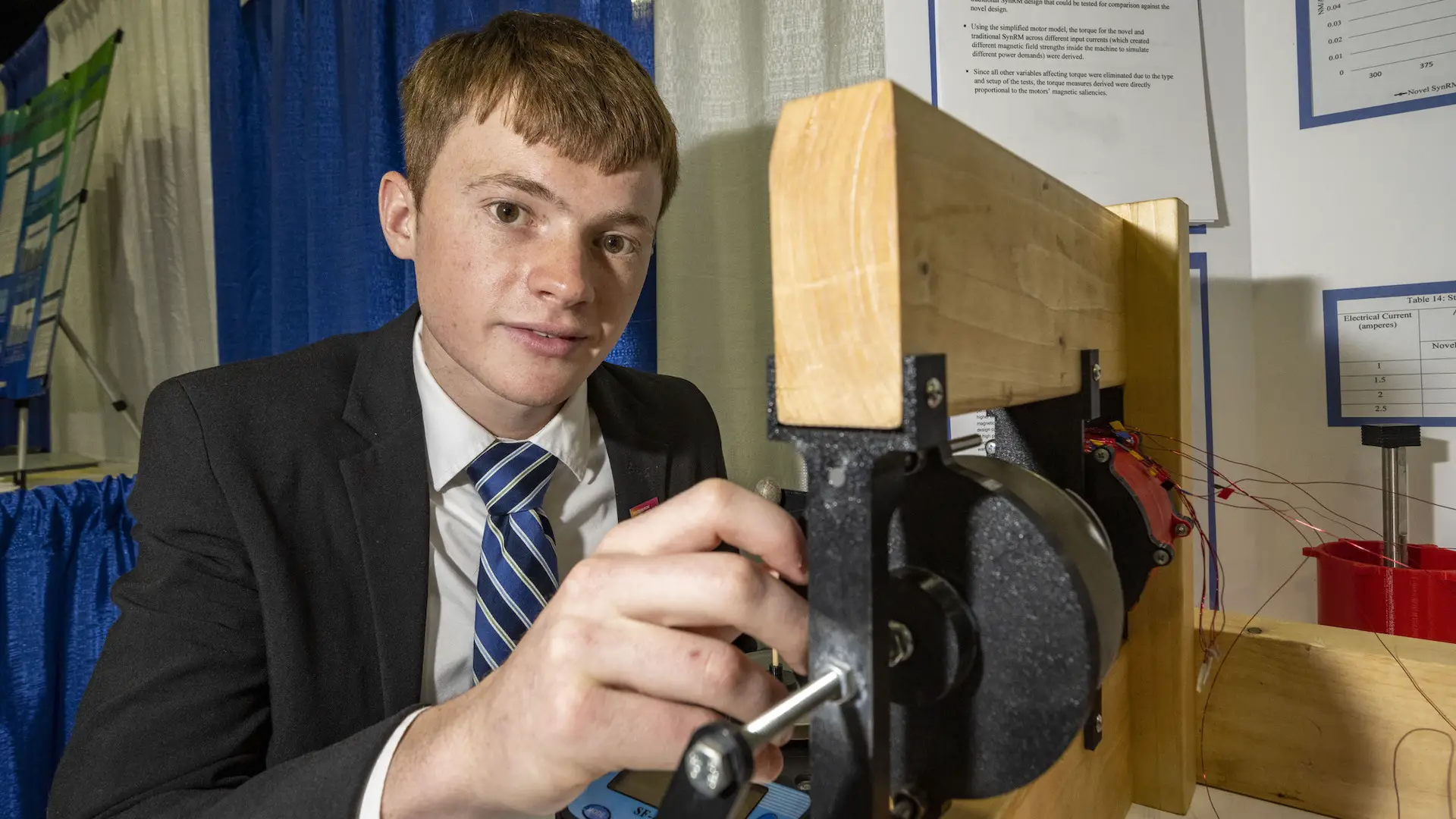Flying is one of the most challenging aspects of creating carbon-free transportation. Commercial electric aircraft won’t be practical until batteries improve in strength and weight. Another future option is hydrogen-powered flight; a research team has shown what a plane might resemble.
A new aircraft powered by liquid hydrogen that can fly halfway around the world without refuelling has been unveiled by a research group with support from the UK government.
The Future of Aviation and Aerospace
Aircraft is hoped to travel nonstop between London and San Francisco on the US west coast and between London and New Zealand with just one refueling stop. Cryogenic fuel tanks on board the FlyZero will maintain the hydrogen in liquid form at a temperature of minus 418°F.
Aerospace Technology Institute’s 279-seater “FlyZero” aircraft will operate similarly to conventional passenger jets while producing no carbon dioxide during flight.
“At a time when the world is focusing on combating climate change, our aircraft idea puts out a genuinely revolutionary vision for the future of global air travel, keeping families, businesses, and nations connected without leaving a carbon footprint,” stated Chris Gear, project director of FlyZero.
“This new era in aviation presents substantial potential for the UK aerospace sector to win market share, highly skilled jobs, and inward investment while contributing to the UK’s pledges to combat climate change,” says the report.
Two of these tanks will be placed towards the back of the aircraft, and a few additional “cheek” weights will be put near the front of the aircraft to assist keep it balanced. Water is the only byproduct of using liquid hydrogen as a fuel.
Span of Aircraft Wings

The aircraft’s wings will each have a turbofan engine connected and measure 54 meters (177 feet) in length. From the middle of the 2030s forward, “highly-efficient hydrogen-powered aircraft” will reportedly have “better operating economics compared to conventional aircraft.”
Since its founding in 2013, it has attracted around £1.95 billion (US$2.6 billion) in finance, with £15 million (US$19.8 million) going into the FlyZero idea.
Before the fourth meeting of the Jet Zero Council, which is managed by the U.K. Transport Secretary Grant Shapps and consists of ministers and aviation professionals working together to lower the sector’s carbon emissions, designs for the aircraft have been presented.
ATIs Statement about this Innovation
According to the release from ATI, U.K. Business Secretary Kwasi Kwarteng, “These designs could define the future of aerospace and aviation.”
With hydrogen as a front-runner to replace traditional fossil fuels, we demonstrate through collaboration with industry that carbon-free flight may be feasible.
Since it was established in 2013, ATI has gotten £1.95 billion ($2.6 billion). With the help of £15 million in funding, the FlyZero concept program aims to give passengers the same speed and convenience as modern airplanes.
Reducing Carbon Emissions in the Aviation Sector

One of the greatest promises for lowering aviation emissions, which comprise about 2% of world emissions, is hydrogen propulsion. Airliners with electric propulsion are another option, as are drop-in fuels for current aircraft.
In the latter scenario, electric aircraft cannot fly for long periods due to the limitations of current battery technologies. For instance, the experimental Maxwell X-57 electric light aircraft from NASA can only fly for 40 minutes and has a 100-mile range on a single charge.
In the upcoming years, much work will be put into developing the necessary airport refuelling infrastructure to make hydrogen airliners practical. We will likely witness a significant movement in this direction in the following years due to businesses like aerospace giant Airbus revealing plans for their hydrogen-fueled aircraft that are expected to enter service by 2035.
Naturally, all of this is a part of a larger industry-wide initiative to cut carbon emissions in response to the IPCC’s most recent report on climate change.





